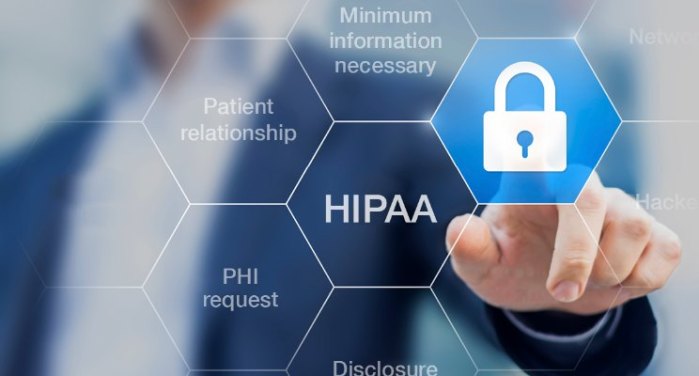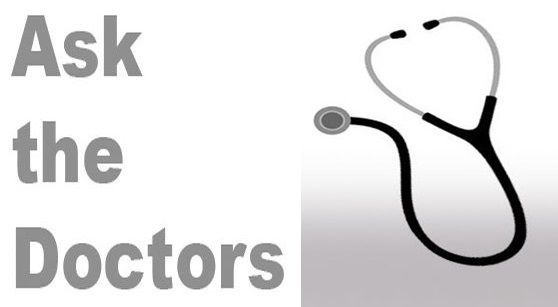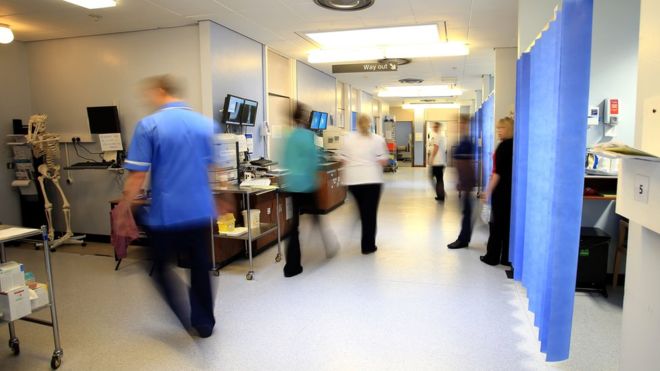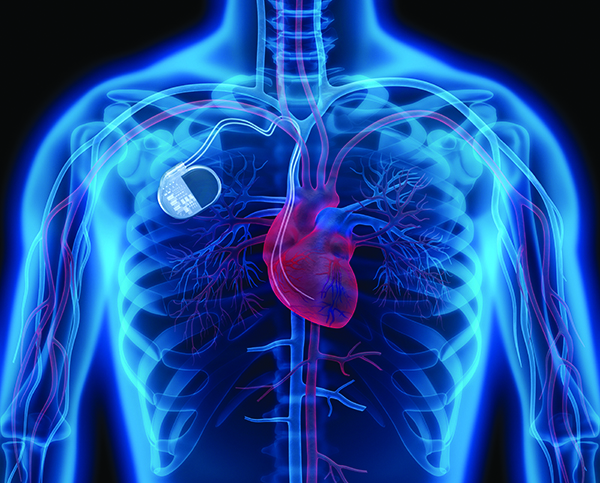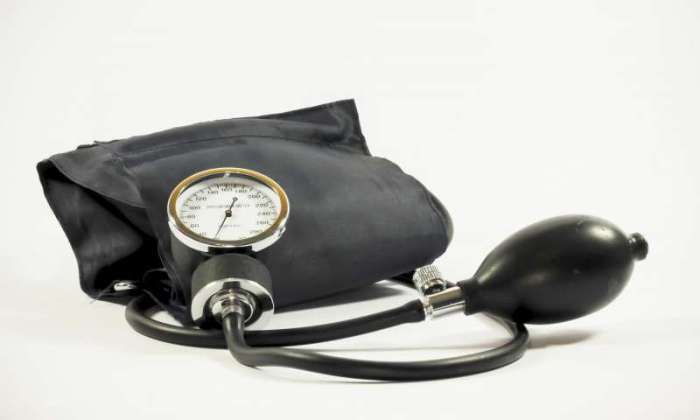With Macy Foundation Grant, Drexel Teams with 12 Institutions to Enhance Professionalism in Medical Education

The Josiah Macy Jr. Foundation has awarded a grant to Drexel University faculty to support the dissemination and enhancement of an online resource for teaching future health care providers about professionalism in medicine — including empathy, compassion, honesty, ethics and social justice.
Dennis Novack, MD, associate dean of medical education at the College of Medicine, was previously awarded a grant to create ProfessionalFormation.org (PFO), an online resource for professionalism learning, assessment, remediation and research in clinical education. With the support of the Macy Foundation, Novcack and Kymberlee Montgomery, DNP, chair of the Department of Advanced Practice Nursing in the College of Nursing and Health Professions, are working with a variety of institutions to disseminate and enhance this resource for over 30 health care education schools across the country.
“This generous grant will enable us to address the challenge of generating new educational resources for the entire health care education community. We will also publish educational research that contributes to a growing national understanding of the components of effective teaching and learning of professionalism and interprofessional care,” Novack said.
Teaming up with Drexel University are 12 institutions including: Alabama College of Osteopathic Medicine, Albert Einstein College of Medicine, Commonwealth Medical College, Duquesne University, Indiana University, Jefferson College, Ohio State University, Southeastern Louisiana University, Stony Brook, University of Pennsylvania, University of Texas – Rio Grande Valley and Western Michigan University School of Medicine. Each of these institutions is affiliating with colleges, such as nursing, pharmacy, physician assistants, dentistry and others for this unique collaboration.
“Leaders in health professions education have worried about the professional image of health care clinicians, and the public’s declining trust in health professionals. Managed care has grown, clinical care has become more fragmented, and there has been adverse publicity about errors in care,” Montgomery said. “A new paradigm for care demands commitments to professional values, and skills in working in teams. We are partnering with these institutions to enhance and expand their education in professionalism and interprofessional care. To practice together, it is essential to learn together.”
The American Board of Medical Specialties defines medical professionalism as a “belief system in which group members declare to each other and the public the shared competency standard and ethical values they promise to uphold in their work and what the public and individual patients can and should expect from medical professionals.” Central to those decelerations is a focus on an ethical value system, the knowledge and technical skills necessary for good medical practice and the interpersonal skills necessary for working with patients and colleagues.
Read More: http://snip.ly/4km9u#http://drexel.edu/now/archive/2017/September/Macy-Foundation-Grant-Professionalism/
